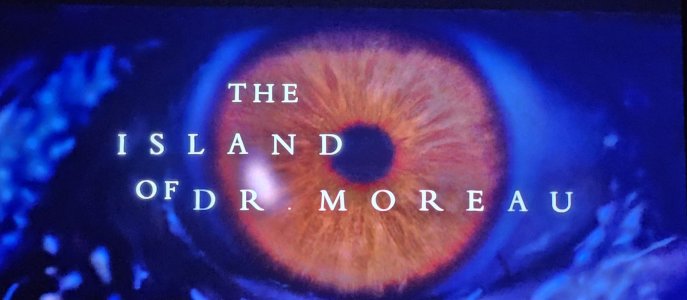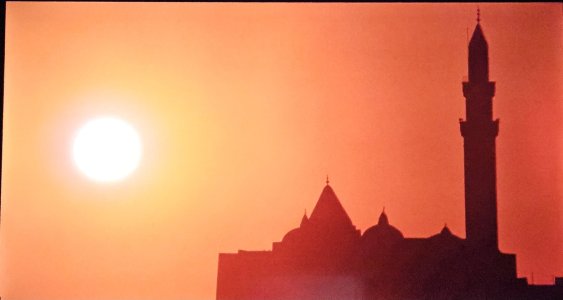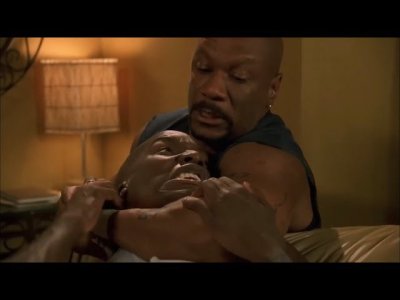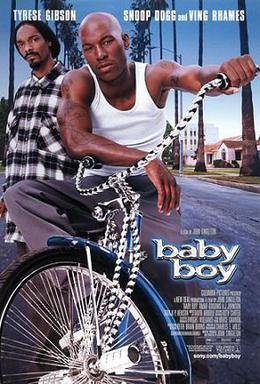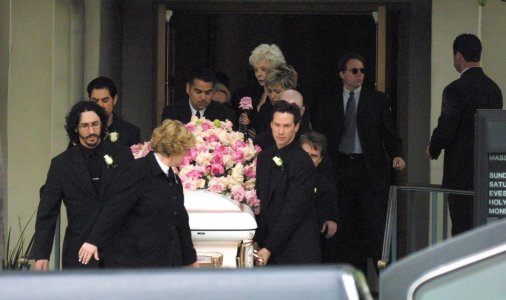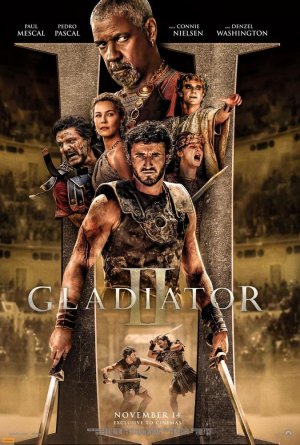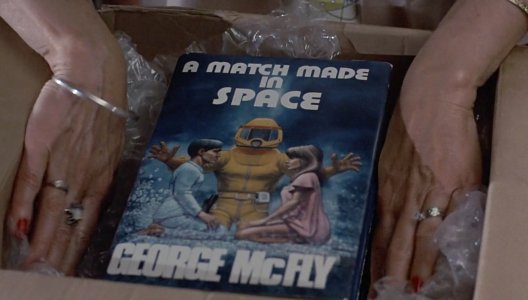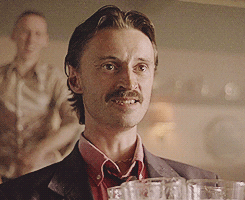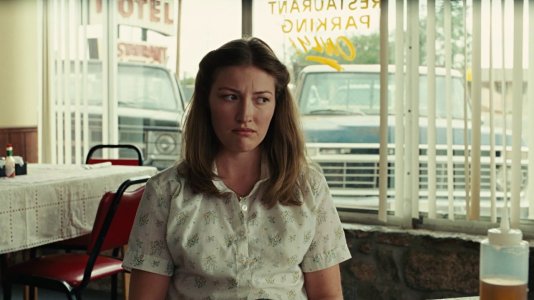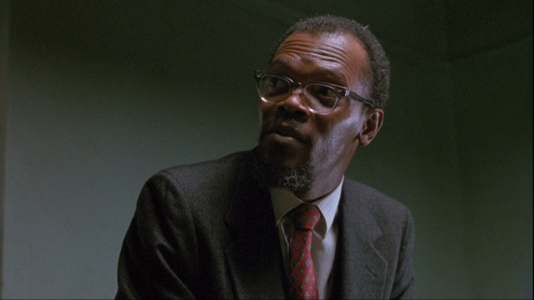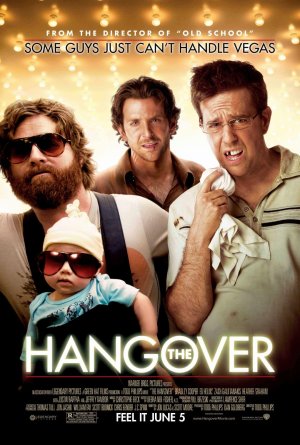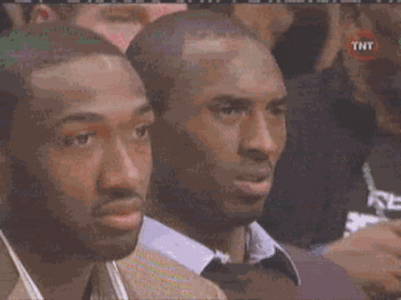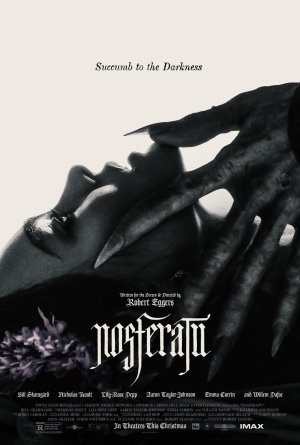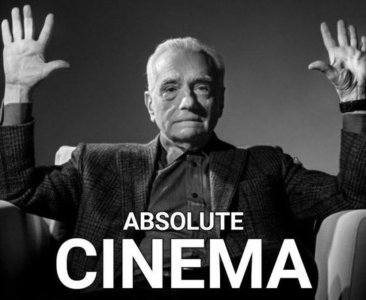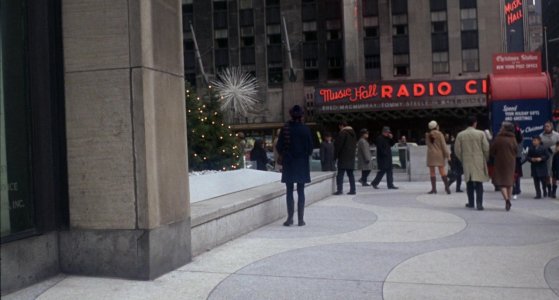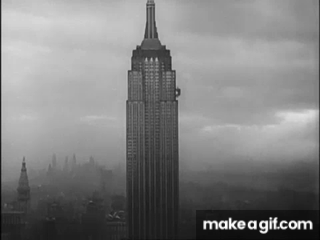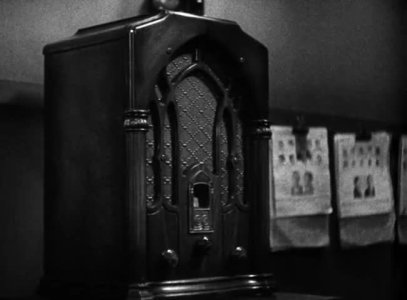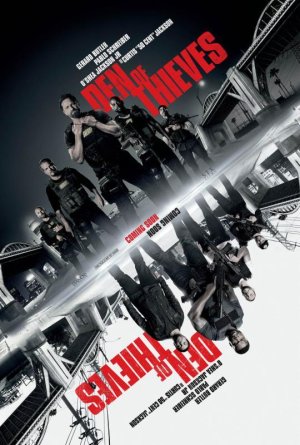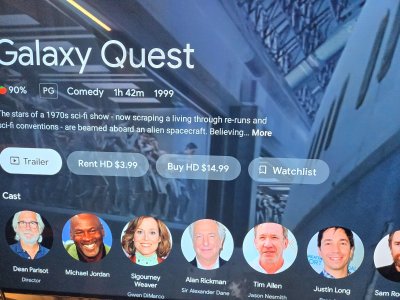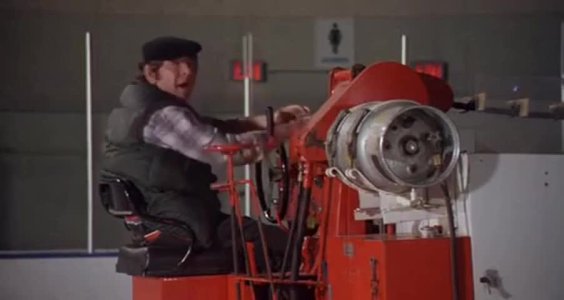Guest Post: Liberalism’s Dark Knight and Christopher Nolan’s Defense of Civil Society
By Jeff Spross and Zack Beauchamp on Jul 26, 2012 at 2:07 pm
There’s a lazy, irritating strain running through the critical reaction to The Dark Knight Rises. It assumes that because the protagonist is a rich philanthropist and the villain an Occupy-soundalike terrorist, the film is taking a hard-right stand on today’s political issues. You see this move from some on the left, who go as far as calling the film fascist. Others on the right are eager to deny the supposedly legitimizing Bat-mantle to liberals or to tie the Occupy movement to Bane’s unremitting violence.
It’s true that Christopher Nolan’s films blanch at armed revolution, but it’s also true that his films have nothing specific to say about the main debates that define popular American politics. Rather, the real message of the trilogy is philosophical in character: Nolan is mounting a layered defense of liberal democracy against its authoritarian opponents. The Dark Knight trilogy is saying something that most Americans assume implicitly – that best government is one that respects the rights of its citizens.
To start with The Dark Knight Rises, if the is film a dig at advocates for economic justice, it’s an extraordinarily anemic one. Virtually no screen-time is dedicated to Gotham’s social dynamics or violence by the people against elites. It’s not clear if regular Gotham citizens, or just Bane’s mercenaries and hangers-on, are participating in mass looting depicted on screen. There’s no evidence of downtrodden masses cheering Bane’s arrival. By contrast, the film is peppered with little asides about the consequences of inequality: the traders at Gotham’s stock exchange are arrogant and self-absorbed, Selina Kyle’s jabs at Bruce Wayne’s wealth have bite, and Bane’s bankrollers are vulture capitalists. Viewed in this light, what’s wrong with Bane isn’t his left-wing “motivation:” indeed, that’s almost immediately shown to be an insincere fig leaf for public consumption. Rather, Bane is a villain because he uses the slaughter of innocent people as a means to attain his ends.
Giving Bane some slightly sympathetic lines is par for the course in this morally complex trilogy. Indeed, one clear continuity between the three films is that Nolan consistently puts legitimate critiques of Gotham in the mouths of the trilogy’s villains. No one, not even Batman, would argue with Ra’s Al Ghul’s claim that Gotham was a thoroughly corrupt city. Rather, Al Ghul’s mistake is concluding this entitles him to serve as Gotham’s executioner. In Batman Begins’ first act — in a scene suffused with class tension — Wayne refuses an order to behead a working class farmer as punishment for a crime. In The Dark Knight Rises, Batman’s first rule for Catwoman is “no killing.” Neither as Batman nor himself does Bruce Wayne argue that Gotham’s social structure as it stands is morally defensible. Rather, he suggests that the city is worth reforming rather than destroying.
The Joker’s nihilistic assault on “schemers” also contains some seeds of truth. When the Joker tells Harvey Dent that “no one panics when things go ‘according to plan’ — even if the plan is horrifying,” the example he uses highlights the differing ways society reacts to the deaths of soldiers and poor gang members versus rich leaders. That argument, that chaos is fair, is instrumental in transforming Dent into Two-Face. Gotham’s White Knight goes on a murder spree in part because the Joker isn’t completely wrong. Again, the reason these people are villians isn’t their diagnosis of society’s problems – it’s their cure, a murderous assault on the city’s existing political order.
Ross Douthat and John Podheretz are right in this, at least: The Dark Knight Rises does indeed endorse a kind of Burkean small-c conservatism — a preference for incremental reform over convulsively deconstructive revolt. But that’s hard to square with the modern American conservative/Republican movement, which just produced a budget seeking to dismantle many of the social institutions Americans have relied on since the New Deal and the Great Society. Shoehorning Occupy into a “the Dark Knight movies are conservative” narrative requires a reductive stereotyping of the Occupiers, simplifying the nebulous movement into a collective of radical anarchists and ignoring its respect for liberal democratic forms — as demonstrated by the general assemblies — as well as the fact that it hasn’t really damaged anything other than public grass.
The best way to understand Nolan’s political argument, such as it is, is to step away from contemporary political disputes and pick up an old essay: Judith Shklar’s “The Liberalism of Fear.” Shklar argues that the most universally acceptable moral foundation for individual rights and democracy isn’t any particular religious faith or abstract moral theory – rather, it’s that we’re all scared. We’re scared of the unchecked power of both our fellow citizens and the state, and want a political system capable of reigning in both. As she puts it, “liberalism’s deepest grounding is in place from the first, in the conviction of the earliest defenders of toleration, born in horror, that cruelty is an absolute evil, an offense against God or humanity.”
Fear, of course, is the emotion that most suffuses the Dark Knight trilogy. In Batman Begins, terror of the powerful criminal underworld (the Scarecrow’s fear gas being the literal instantiation of the idea) overwhelms the power of social institutions to address them. Batman’s role, in Bruce’s words, is to “fight injustice” by turning “fear against those who prey on the fearful.” Batman is a terrifying totem meant to restore the balance of fear between the anarchic private world and the gutless public sphere.
In The Dark Knight, Nolan continues his examination of the terror of anarchy, as personified in the Joker, but introduces its twin concern for liberal theorists like Shklar: the potential for the state and allied institutions to abuse their enormous power. The universal surveillance device Batman uses to find the Joker, while seemingly necessary, is recognized by every character who encounters it to be too dangerous to entrust to anyone. Lucius Fox’s revulsion at the device — “This is too much power for one person” — is clearly shared by Wayne, as the machine is rigged to self-destruct after use. Bruce’s boast to Alfred that “Batman has no limits” is proven false: Batman must have limits. There must be lines he cannot cross, as no one person or institution — no matter how well-intentioned — can be trusted with unlimited power. Further, the film culminates in a heroic act of mutual respect between fellow citizens on boats rigged to explode, suggesting the answer to the Joker’s challenge isn’t to abandon planning but rather to broaden our range of moral concern for the harm power can do to our fellow citizens.
Finally, The Dark Knight Rises ties the twin fears together, suggesting that the fear that pervades our lives can be turned, as Shklar suggests, to productive purposes. Bruce can only escape the prison he is consigned to once he accepts his fear as an essential part of life. In other moments, Alfred chastises him for not trusting the citizens of Gotham enough — for turning away from communal life and shared institutions to the lonely Batmissions, for never wondering whether Gotham needed Bruce Wayne more than Batman. This resonates with Shklar’s claim that “when we think politically, we are afraid not only for ourselves but for our fellow citizens as well. We fear a society of fearful people.” By accepting his own fear and finally hanging up the Batsuit, Bruce comes to understand the basic motivation behind a liberal political order in Shklar’s terms: the amelioration of one’s own fear and everyone else’s.
There’s an important caveat to add here: Nolan’s treatment of the “democracy” half of “liberal democracy” is far more cursory. That Nolan doesn’t dwell on the social dynamics of pre-Bane or Bane-occupied Gotham suggests he isn’t interested in casting advocates for economic justice in a bad light, but it also means we don’t get a visceral sense of how the people feel about anything or how they express that feeling through Gotham’s democratic institutions. The most important democratic action in the films ― like the passage of the Dent Act ― happens off-screen, with at best questionable consequences.
Part of this is just Nolan’s style of filmmaking. It’s impersonal if one’s feeling charitable, cold if one isn’t. He tends to treat his characters as cogs in a narrative machine rather than flesh-and-blood humans. This style of filmmaking can be good for exploring broad themes, but it’s a bad vehicle for depicting democratic politics, which after all is the jockeying between the particular needs, moral beliefs, and cultural quirks of different human groups.
That said, Nolan does manage to make a case for the democratic part of liberal democracy, even if it’s done in super-abstract form. The central struggle between the Batman and Joker is often described as a “battle for Gotham’s soul,” but it’s equally well understood as a struggle for Gotham’s democratic character. Harvey Dent’s psyche is the key front in their war because he’s both seemingly incorruptible and one of Gotham’s elected officials, reforming the system from the inside. Further, the moment at which the Joker truly terrifies Gotham is when he mounts an assault on Gotham’s judge, police commissioner, district attorney, and, ultimately, mayor. Dent compares Batman to a Roman protector during a suspension of democracy, and Batman spends the rest of the film trying to extricate himself from that role and rebuild Gotham’s legitimate democratic governing order. Dent, an elected official, is the key symbol because he represents the possibility for Gothamites to take their city back through open and legitimate means.
These themes do carry over into The Dark Knight Rises, even if the somewhat weaker screenplay limits the complexity of the examination. While the fact that Dent’s legacy is a seemingly authoritarian crime act founded on a lie might undermine Dent as democratic symbol — though it interestingly suggests Bane might be blowback for the Dent Act — one of The Dark Knight Rises’ key sequences ends up supporting the prior film’s embrace of democratic values. Bane takes over the city not in block-by-block battles or inside city hall; he does it at a football game, one of the great gatherings in contemporary American public life and in the one time we see an en-masse congregation of Gotham’s citizens. He terrifies Gothamites (and, indeed, they’re clearly shown to be terrified) not only by threatening nuclear apocalypse, but by blowing up the Mayor — the elected official the Joker missed. That this takes place right after the last words of the National Anthem helps to drive the point home: Bane’s hostile takeover is not an attempt to liberate the people but rather to destroy Gotham’s democracy and the public sphere that works to sustain it.
While Bane and each of Nolan’s other villains attempt to exploit fear for ideological projects, revenge, or simple fun, Batman aims to channel it — to make his opponents’ legitimate grievances subjects for debate in an orderly system rather than through violent resolution. To entrust Gotham to heroes “with a face,” as he says in The Dark Knight, and to democratize Batman as a symbol that can be embodied by anyone. It’s not that Christopher Nolan is taking a side in our political debates. He’s simply defending a particular system through which we address them.










 I chuckled here and there. Got Soriano and tanaka in there. the announcer in always gold I don't give a damn
I chuckled here and there. Got Soriano and tanaka in there. the announcer in always gold I don't give a damn







